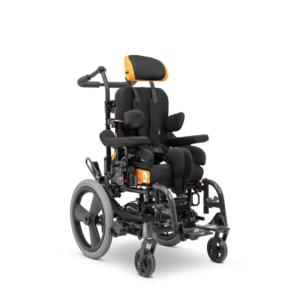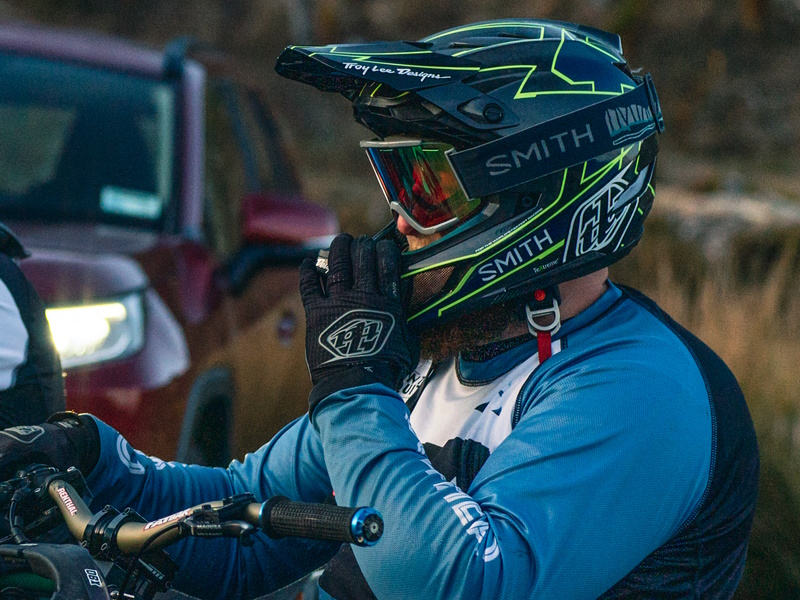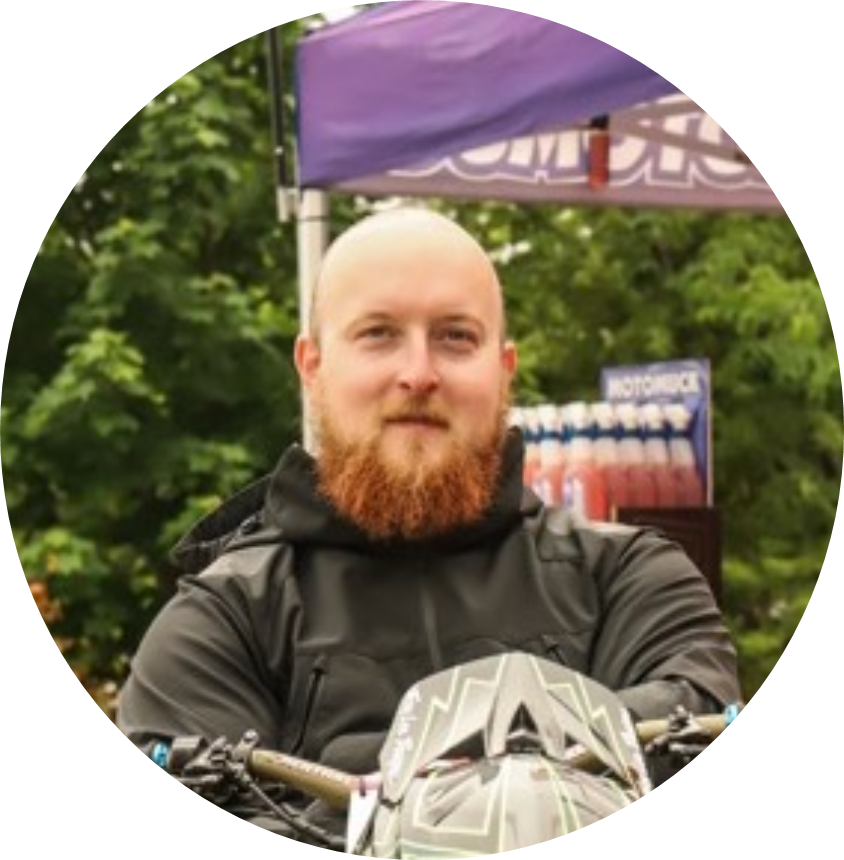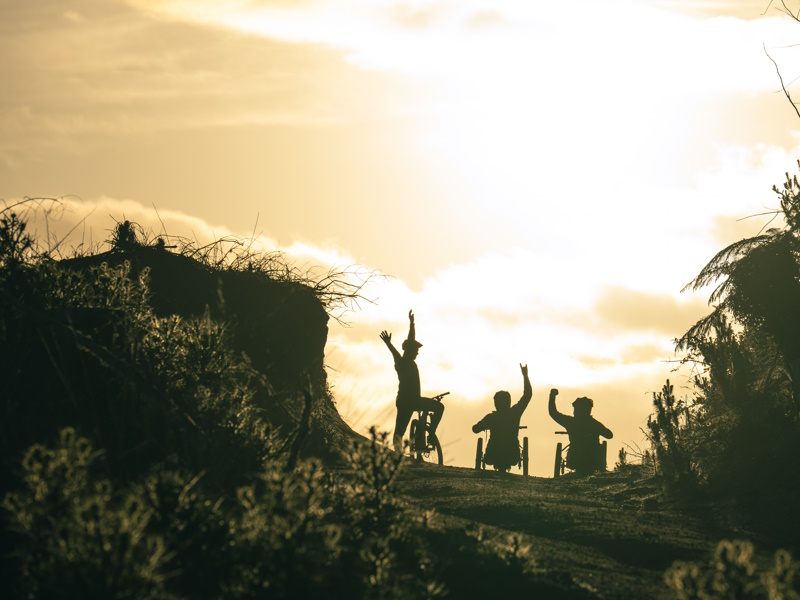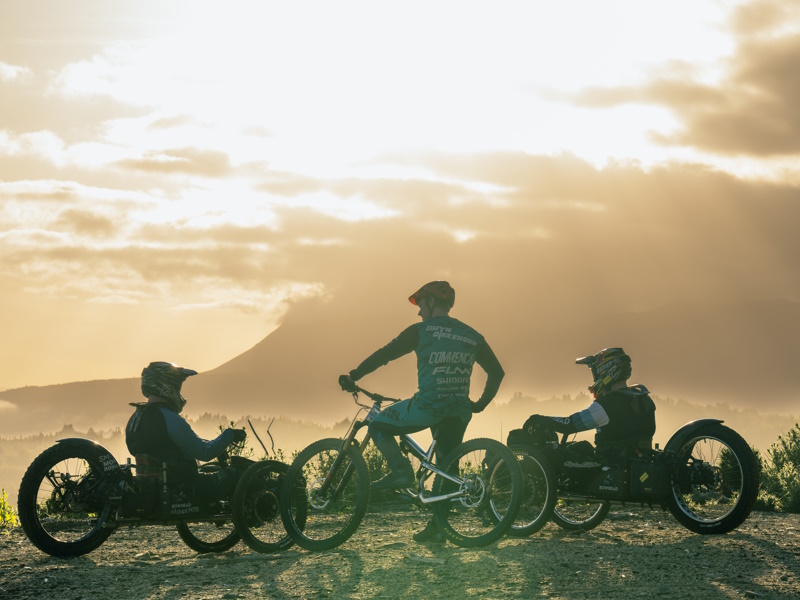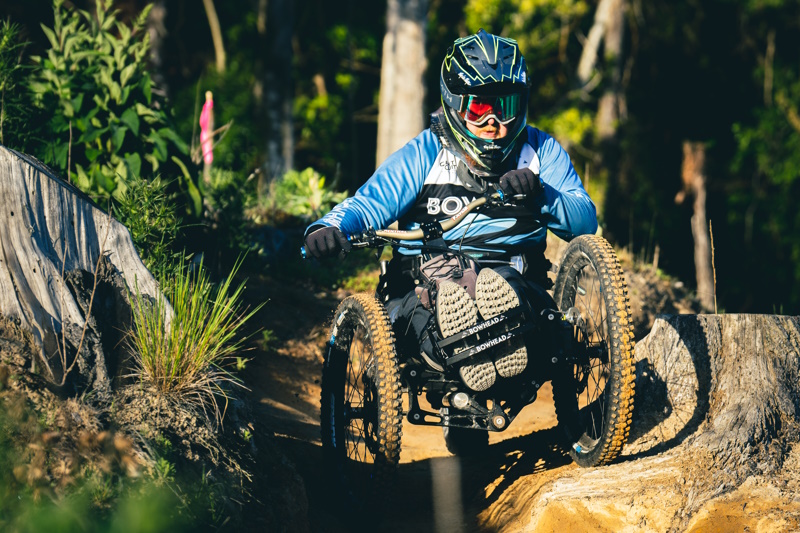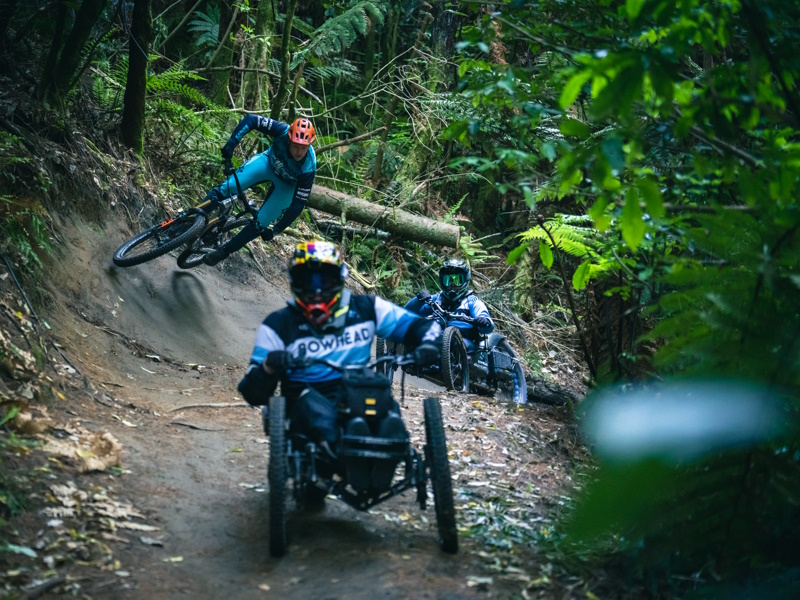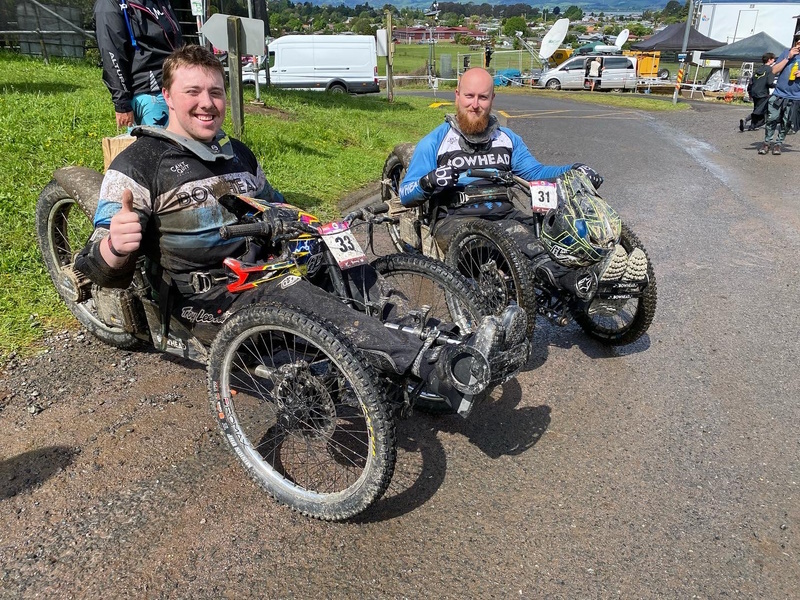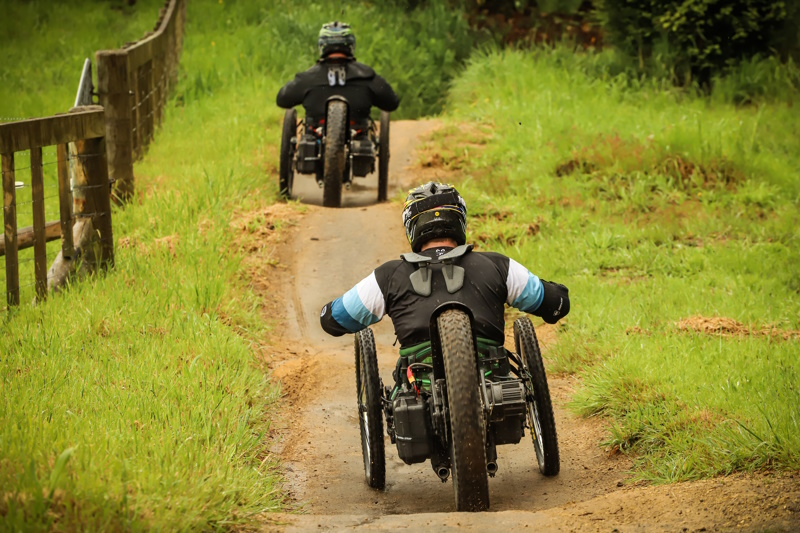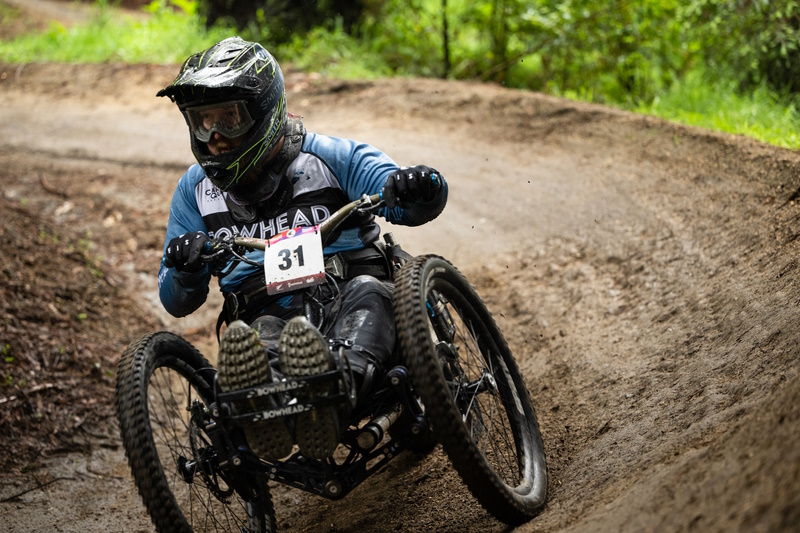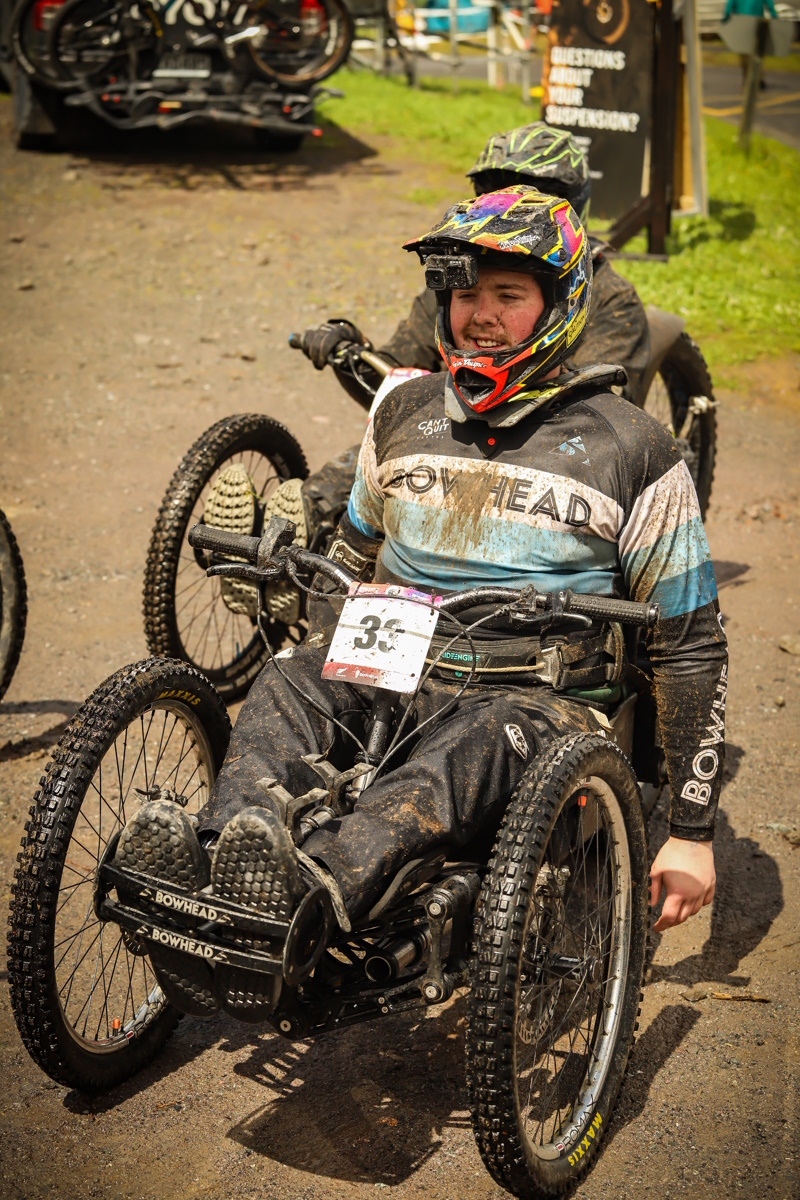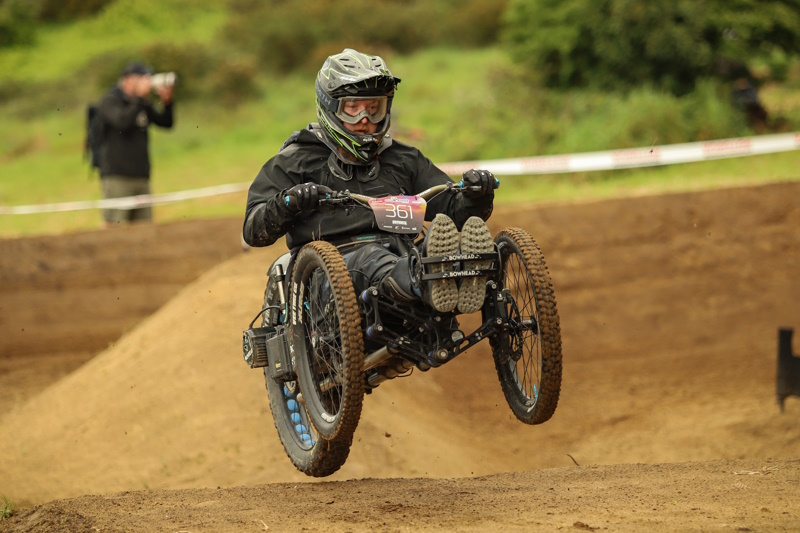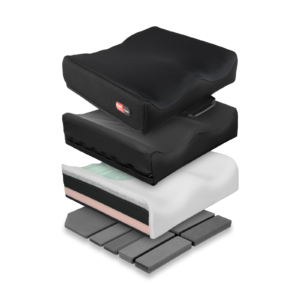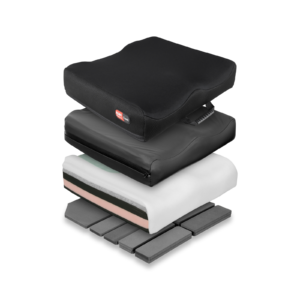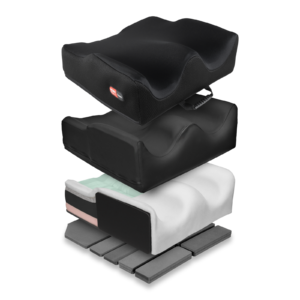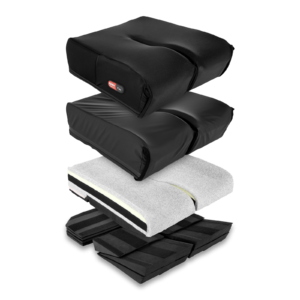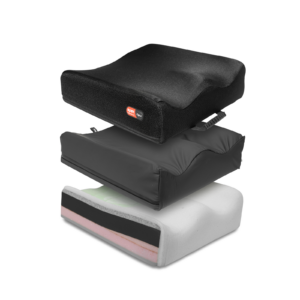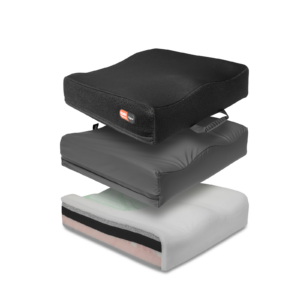Mountain Biking is a lifestyle
As with everyday life, sometimes you get thrown curve balls and hit some unexpected hurdles along the way. For me this happened in April of 2017, I was living the dream in Queenstown, New Zealand, working as a fulltime bike mechanic for Cardrona and running a rental bike fleet. A normal day for me was starting work at 7:30 am and finishing at 3 pm. By 3:30 pm I would be on my bike riding some of the world-class trails that are scattered all over the Queenstown area, not just Skyline Queenstown bike park, which is among the best in the world.
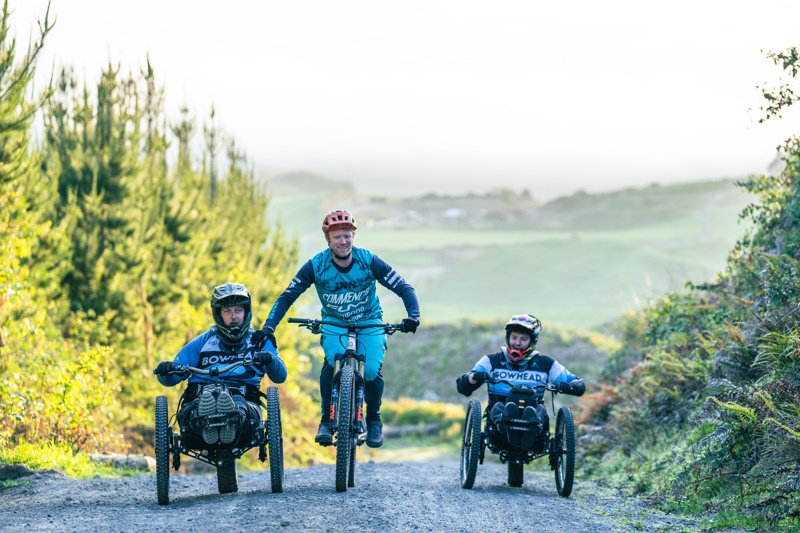
In the six months I had been living in Queenstown I had completed over 360 runs down the myriad of trails scattered throughout the bike park. I knew my favourites like the back of my hand, every jump, rock and root. Which lines to take, and how fast I could ride something while staying in control of my bike.
That changed on April 10, 2017. I finished work as usual and rode to where I had parked my car, got changed into my mountain biking gear which included a full-face helmet and neck brace. Messaged a few of my friends who were running late, and decided to go for a lap by myself while waiting for them as I would usually do. This time however, I never made it to the trails. Just a few hundred meters after getting off of the gondola I crashed on a connecting track that takes you from the Skyline building to the trails. There is a small gravel banked corner on flat ground which is separated from people using the walking tracks by a wooden bollard and chain. My front wheel washed out on me while going through this corner, sending me over the bike and headfirst into one of the wooden posts. It happened in a split second. I hit the post with enough force that it compressed my spine enough to dislocate my T5/6 vertebrae, severing my spinal cord, leaving me paralysed from the chest down. At the same time, I broke four ribs, puncturing both lungs and snapping my right shoulder blade.

Luckily where I crashed was a fairly busy spot, so help was on the scene almost straight away. I hadn’t lost consciousness so I was able to talk to the people on the scene, explain what happened and listen to their advice. It was apparent pretty quickly that something wasn’t right when I couldn’t move or feel my legs at all.
Getting me out was the first issue, the road up to the gondola was far too steep and bumpy for an ambulance. I was staring at the helicopter pad but there was none available, so the gondola was the only option. I was strapped onto a backboard and carried back to the gondola which I had just come up on. In order to get me to fit, the team at Skyline had to remove one of the main windows, with the two paramedics, my legs sticking out the side, which would have been a sight to see.
From there I was taken to Queenstown Hospital, while we waited for a helicopter to come down from Christchurch to take me up to Christchurch Hospital, where I had rods screwed into my spine to fix it from T2-10. I spent the next two weeks in Christchurch Hospital recovering enough to be able to be transported to Burwood Hospital to begin my rehab.

For a lot of people that would have been the end of mountain biking right? Probably much to my parents dismay it was just the beginning. As I said, it’s a way of life.
I am lucky enough that for a couple of years previous I was working with one of my best friends Aaron who is a paraplegic from a Mountain bike crash when he was 16. Together with help from Jody in Wanaka, I was able to help them build a Gravity Quad, a four-wheel downhill bike that helped people with disabilities get back out on mountain bike trails.
I was in Burwood Spinal Unit designing and coming up with plans for how to get back riding on the very trails which I had paralysed myself on a month earlier. At first, I was going to build up a Gravity Quad, even as far as to buy most of the parts I would need. That is until I saw that a couple of people around the world were adapting two-wheel bikes with powerful electric motors and bucket seats taken from sit skis to enable them to ride.
Straight away I started researching, planning and buying the parts I needed to build a bucket bike. With massive help from the wider bike community, 13 months to the day after crashing in Queenstown I was back on two-wheels, albeit just around a local park, it was a step in the right direction! I was able to fine-tune a few things here and there such as the seat position and the need for a device to help keep the chain on the chainring, which I found out the hard way when it fell off, I had momentum and fell over!
A handful of rides later I was ready. With my Dad and some friends, we made the drive from Auckland to Rotorua and went riding on some proper mountain bike trails, just over a year from when most people would have thought that I would never have ridden again.

The following months included many trips back down to Rotorua, out to 440 Mountain Bike Park and Woodhill Mountain Bike Park, basically convincing anyone that I could to come out riding with me as I needed a lot of help, from being lifted into the bike to being caught when needing to stop. In late 2018 I did a solo road trip from Auckland down to Queenstown where I went riding back on the exact same trails where I had broken my back 18 months earlier. I was also able to stop in and see a few friends and other people in a similar situation as me and get them back out riding.
Here a plan started to form, I had seen in North America a couple of adaptive mountain bike races being held. With this as inspiration that a few people overseas can do it, so why can’t I, I contacted Crankworx, who hold a large mountain bike festival in Rotorua each year. After some discussion and a bit of convincing, I was able to get the first adaptive MTB race organised in the Southern Hemisphere. This was to run alongside the able-bodied riders down a jump trail called Mr Black. Being the first year, I was in a class of one, but it was organised! There was a lot of interest and I even had someone come over from Australia to help out and learn so that he could help make adaptive bikes over the ditch.

Once we got to the race, I had a few friends riding with me just in case something went wrong, when I noticed an obstacle that I hadn’t considered. The start of the trail had a drop about 80cm high, which may not sound like a lot but unlike on a regular bike I can’t move my body and weight around very well to help control the bike. I sat and watched a number of people ride the drop so that I could see the speed needed and build some confidence. By the time the allocated time for practice was about to end, it was my last chance to do it before needing to race. Following a friend into the drop and having no chance to bail out, I rode off of it, far too slowly, causing the bike to start nose-diving. I’m looking at the ground coming up fast, next my back wheel is off of the drop which starts to level me out and the wheels hit the ground, I made it! Now only 1.5km and 30 jumps to go. It was early March after a hot summer, so the track was super dry and dusty. Picking my way down trying not to crash in the dust and nose dive by jumping the bike too much we make it to the bottom!
Now to do it all again although this time as a race and without someone in front of me to gauge speed off of. The drop goes better this time but still a little slower than I would have liked, but I am doing it. The first adaptive MTB race in New Zealand!! The crowd watching the race and the event announcers are cheering me and my support riders on the whole way down the track and then running up to us at the end. This is the mountain bike community at its best and why I love this sport!

Over the rest of the Crankworx week, I had numerous people come up to me, super stoked about what I am doing, from everyday riders to international professionals. I also managed to get a couple of other people out riding who are also paraplegics.
Over the following few months, I had the opportunity to purchase an even better adaptive mountain bike called a Bowhead Reach. This is a three-wheel bike that has an articulating front end to allow it to move and adapt to off camber and uneven terrain, paired with a powerful 4000watt motor to get you up any hills or over any obstacles. It was too good to pass up and in early June 2019 I flew to Calgary, Canada to pick up my bike.
This bike was an absolute game changer, I was able to ride faster and far more terrain than ever before but the best part of it was the independence, I could get in the bike and ride by myself! This made the Bucket bike almost completely obsolete with me only using it a handful of times in the following months. This led me to the hard decision to sell the bike as I wasn’t using it but someone else could!

Through Lee who came over from Australia for Crankworx I was put in touch with Daniel a fellow paraplegic, whose friend in Brisbane was interested in buying it.
Daniel himself had a bucket bike which Lee had built up for him, they were both planning on coming to Crankworx 2020 to join in the adaptive category, paired with two other riders we now had a field of four for Crankworx 2020, much better than just me a year earlier! We had two races this time, the Air downhill on Mr black and a Dual Slalom race where two timed runs are completed against another rider on side-by-side trails, the aggregate time deciding who wins. The future for adaptive riding and racing in New Zealand was looking good! Crankworx 2020 also provided a great first event for ADAPT MTB which is a charity started by James Littlejohn (one of the other adaptive riders) and his wife Kim.
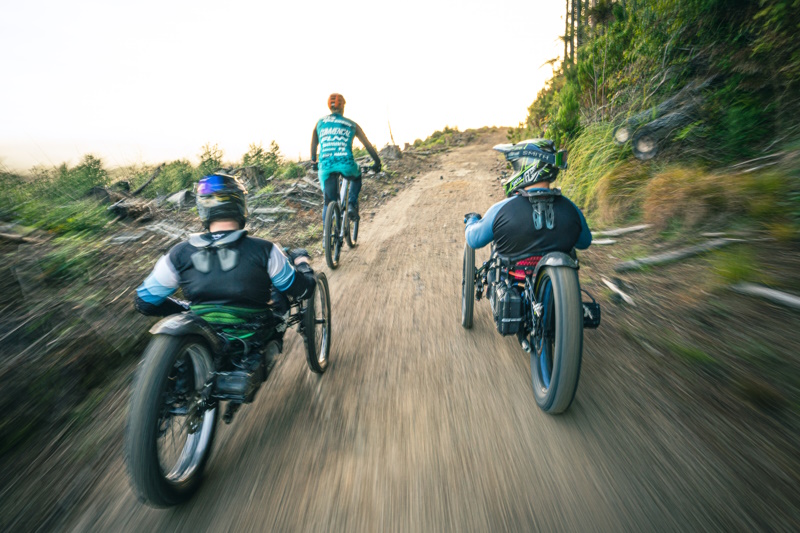
Following the success of Crankworx 2020 I moved down to Christchurch. The trails and terrain down here are vastly different to what I was used to in the North Island, being a lot drier and rockier. This was leading to a lot of back pain; I tried multiple things from new suspension to custom tuning without much luck. When I had a thought, the cushion I was using was quite firm, I had a much better one that was previously used on my wheelchair. This was made by Spex Seating, based just out of Christchurch. I trimmed the wheelchair cushion down to fit and sure enough it solved all of my issues! This made riding soo much more comfortable while also giving me better control, being softer and having more contouring than the previous one I was using. Almost three years later I still have the same cushion, even though the cover is looking fairly beat up, it is still working as great as the day I put it on!
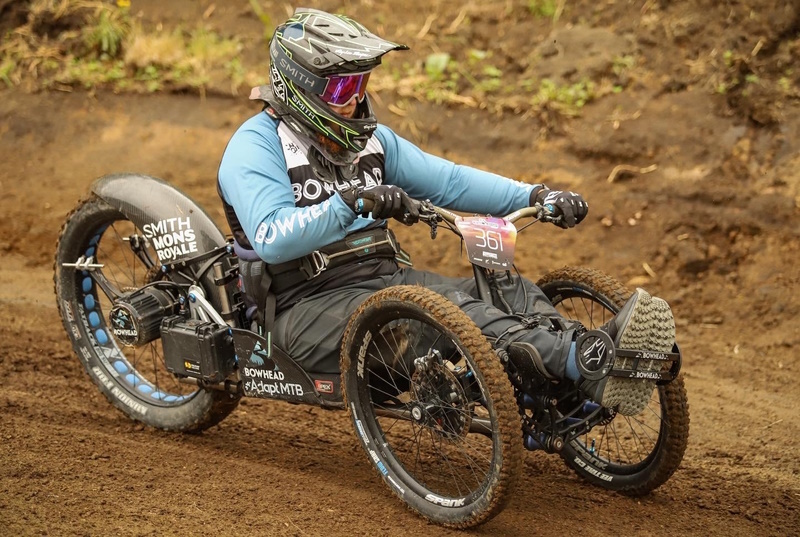
Following Crankworx 2020 Covid-19 took off in NZ shutting everything down, disrupting travel and causing Crankworx 2021 to be held as a closed event for pro riders only. During this time however, I was still riding as often as I could, getting multiple people back out riding on my bike and even helping to sell more into the country, with 10 Bowheads now in New Zealand and I am sure many more to come!
With travel restrictions in place and all the disruptions caused by Covid, Crankworx 2022, which was held in early November was just a local affair for the adaptive class, with James Raing, myself, and Amputee Richard and Jayden, someone I was able to get out on my bowhead when he was going through Burwood and now has his own bike!
Air Downhill, unfortunately, wasn’t being held this year due to outside factors, however, Dual Slalom was still on, and we managed to add a new Adaptive downhill race which was incredible! For the downhill, the rain was heavy and unending a super slippery track made for some exciting racing with Jayden placing 3rd on his bowhead and me placing 4th.
Dual Slalom had a mix of all possible weather, with the time from first practice run to last race run being 8 hours. The track changed a lot going from dry and fast to wet, greasy and slippery to tacky and fast. Racing was even closer with Jayden placing 2nd just behind Richard, James and myself battled it out for 3rd with him beating me out by less than half a second! Incredible racing and awesome progress in three years!
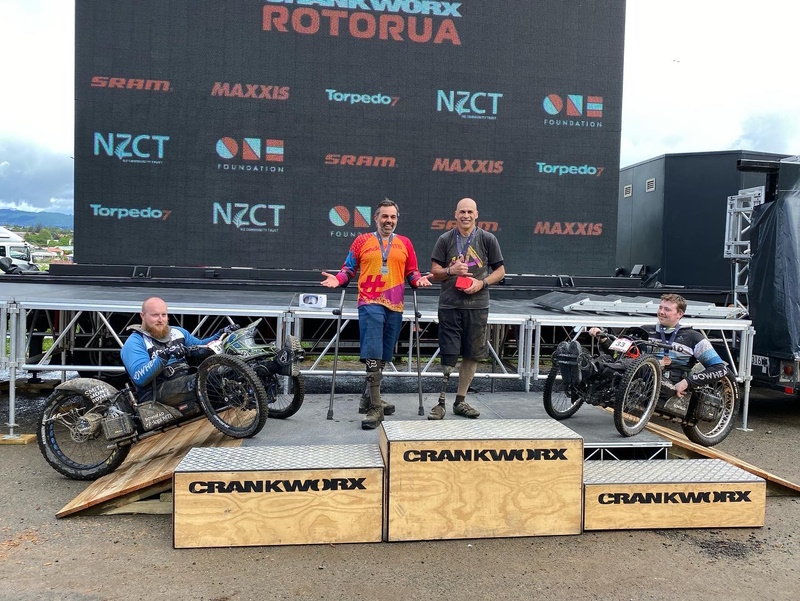
Earlier this year 2023 Crankworx was held again which I unfortunately couldn’t make due to outside commitments but had another adaptive MTB downhill race added which was held in the Whakarewarewa Forest as well as Dual Slalom, Air Downhill and Adaptive Downhill. I can’t wait to see how things pan out for 2024, with talk of some more adaptive riders racing and coming from overseas!!
During this past year I have also taken up handcycling which uses a completely different type of adaptive bike and is purely powered by your arms and held on the road. Another challenge that I am super excited to be embarking on is entering some road Paracycling races in the very near future. With the end goal of hopefully one day racing in Europe and the Paralympics.
Massive thank you to Medifab for the opportunity to tell my story so far and for their support with adaptive cycling!!
Photo Credit: Bryce Wilson

